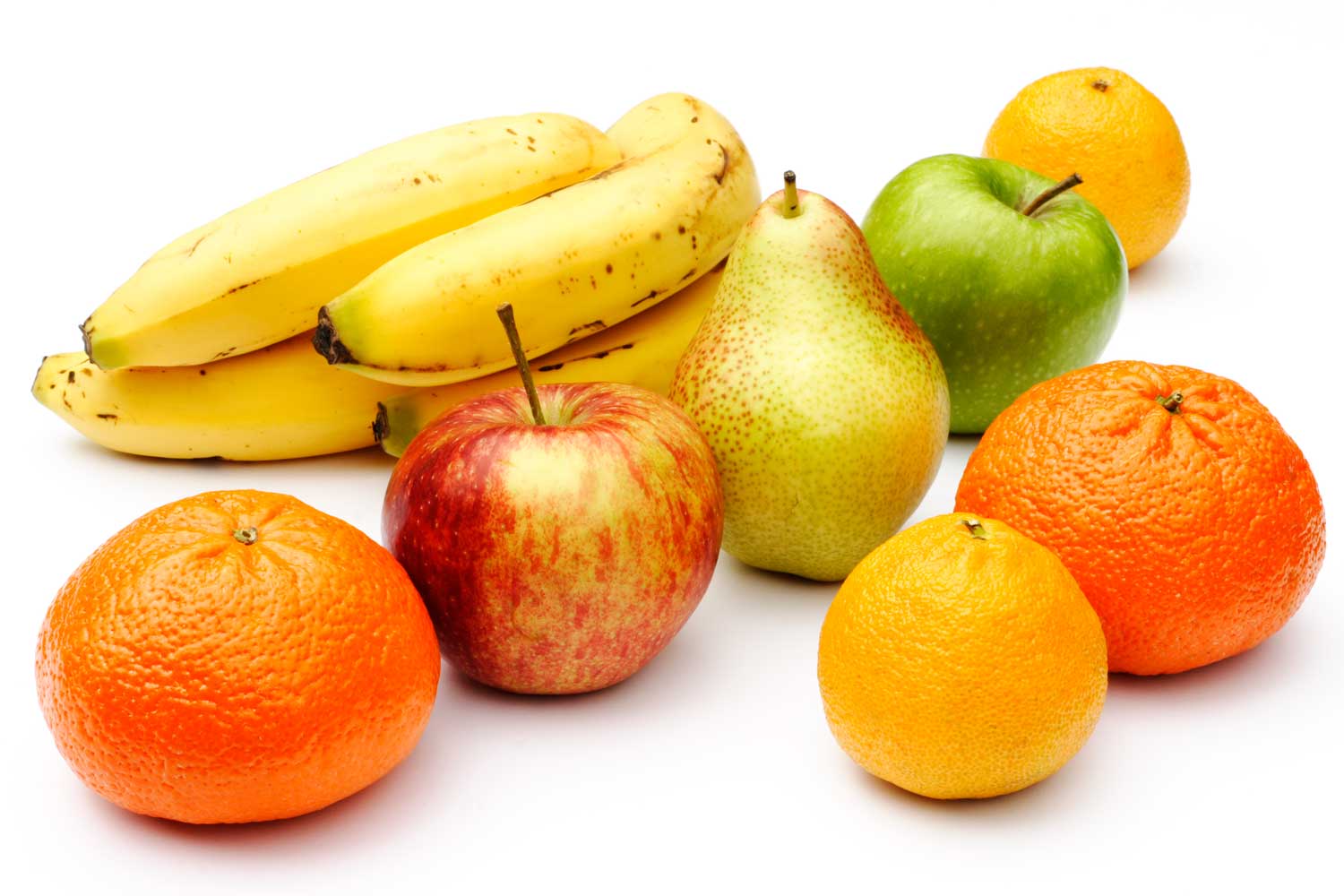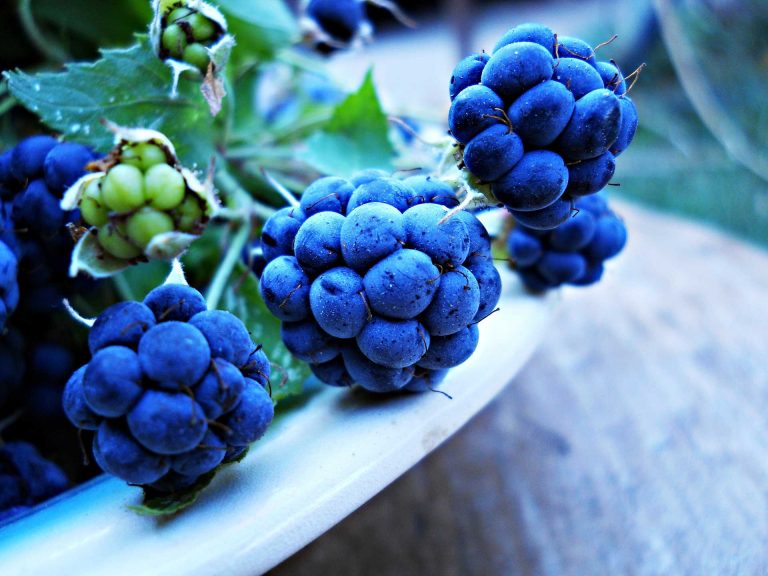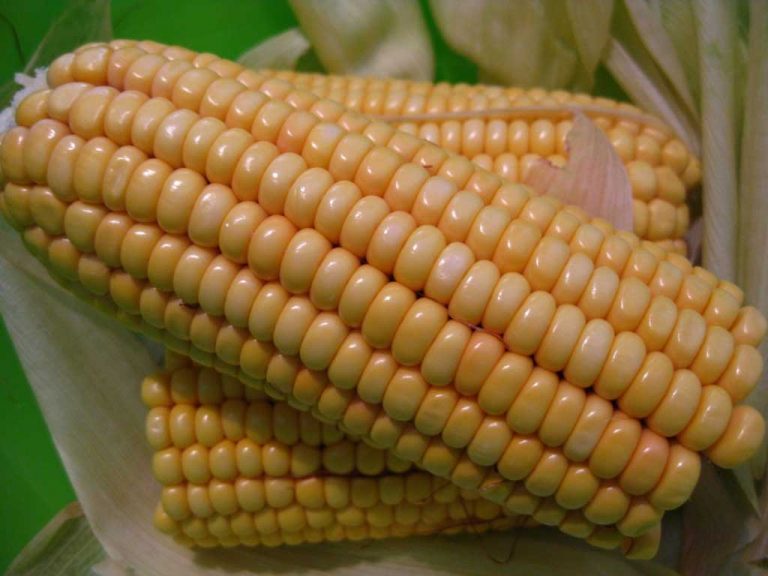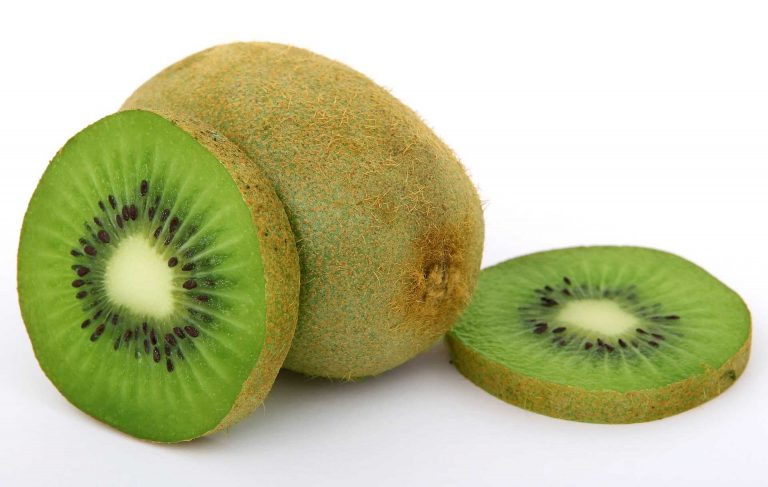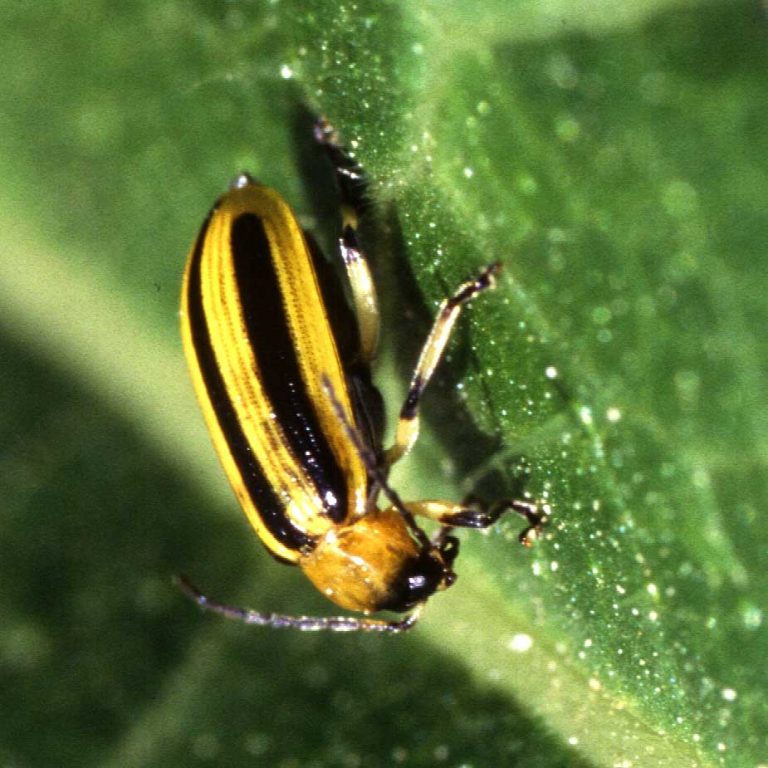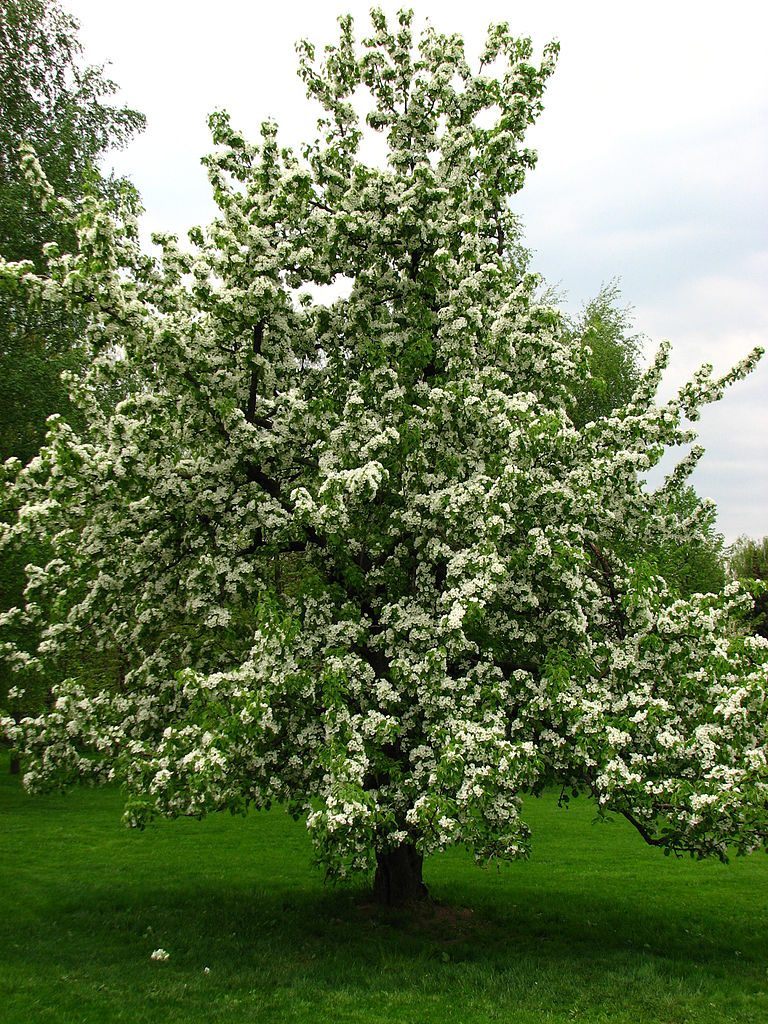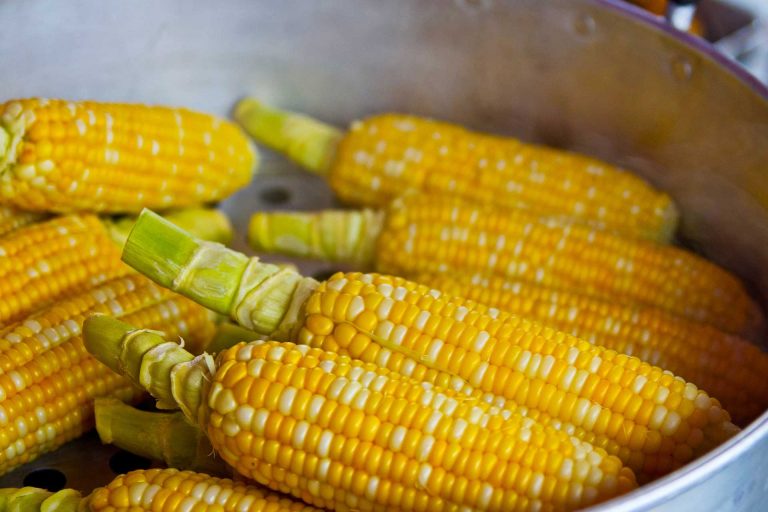The Difference Between Fruits and Vegetables
The debate on the distinction between vegetable and fruits and their identification under the right head is a matter of continuous consternation. How many of us strongly believe that cucumbers, tomatoes and peppers belong to the vegetable stable! However, all these fall technically under the category of fruits even though we use them as vegetables. How then do we distinguish the two? Botanists have made strong demands to reassign several vegetables, including peppers, cucumbers and tomatoes that we consider as vegetables in the culinary sense, within the ambit of the vegetable portfolio. We can really appreciate the difference between fruits and vegetables only if we understand them in the correct perspective.
The Botanical and Culinary Definitions of Fruits and Vegetables
In the nutritional sense, you find fruits and vegetables in the same grouping and you would do well to pick up and eat what you want without bothering about the technicalities, irrespective of the truth that many of the foods we consume as vegetables are technically fruits in fact.
Apply a simple thumb rule and everything becomes clear. If the food you eat comes from the fruit of a plant that has seeds, it is a fruit, while those that do not have seeds are vegetables. Engineered plants offering seedless grapes or melons are exceptions.
We have long pondered why we consider cabbage, celery or potatoes as vegetables and watermelons and oranges as fruits. A scientific reason for the difference in perception has eluded us for ages. Only now do we see the clarity seeping in. Though the culinary system induces a degree of ambiguity in the classification of fruits and vegetables, in the end, however, we have to depend on the scientific classification method for lucidity in this regard. A study of this perfect divide instigated by a scientific definition will provide us with better insights into the matter.
Fruits
A fruit normally represents a fleshy and sweet product of a plant and can include pineapples, berries, oranges, avocado, apples and the like. Botanically, the fruit represents a flowering plant’s ripe ovary, and they will contain seeds. Most people refer to the ripened ovary with the tissues surrounding it as fruits. Animals and birds that consume the fruits play a major role in distributing the seeds. From the culinary perspective, most fruits are tart or sweet and serve as excellent ingredients for deserts, truffles and as snacks.
Vegetables
Though a botanical classification of vegetables eludes us, most of us understand that a vegetable represents the edible and vegetated part of the plant without the ovary. Only those with ripe edible ovaries with seeds fall under the category of fruits while the others fall under the vegetable classification and generally refer to the parts of herbaceous plants that we humans consume for food. Vegetables do not have a role in the reproductive cycle of the plant. Vegetables exhibit a varied diversity of structure from the leaves of the lettuce or cabbage to roots as in beets, potatoes, the stems as in asparagus, the flowers in broccoli or the bulbs of garlic. From the culinary point of view, vegetables form a part of the main dish, are less sweet and sometimes pungent.
The Factors That Distinguish Between Vegetables and Fruits
As already mentioned above, fruits contain seeds that grow into new plants while vegetables have no seeds for propagation. However, there are always exceptions to the rule as you can come across some vegetables containing seeds and some fruits that do not have seeds.
Vegetables That Technically Come Under the Purview of Fruits
If you go by the general adage that seeds provide the defining line between fruits and vegetables, we see the specific anomaly of some fruits like tomatoes, cucumbers and eggplants that, in spite of having seeds, most people consider for use as vegetables. Other “technical” fruits that fall under this fruit classification include peppers, pumpkins, zucchini, pea pods, olives, squashes, avocados and even nuts and grains. In nuts like cashew, you discard the fleshy outer part and eat the nut within, while grains are themselves big seeds that you consume directly.
We see the specific anomaly of some fruits like tomatoes, cucumbers and eggplants that, in spite of having seeds, most people consider for use as vegetables. Other “technical” fruits that fall under this fruit classification include peppers, pumpkins, zucchini, pea pods, olives, squashes, avocados and even nuts and grains. In nuts like cashew, you discard the fleshy outer part and eat the nut within. Whole grains are themselves big seeds that you consume directly.
As already mentioned above, fruits contain seeds that grow into new plants while vegetables have no seeds for propagation. However, there are always exceptions to the rule as you can come across some vegetables containing seeds and some fruits that do not have seeds.
Summary
We reiterate that all fruits are ripened plant ovaries with the seeds while vegetables represent the part of the plant that you can eat (with the simple exception of fruits). While, as in tomatoes, a fruit can appear as a vegetable, the reverse is impossible because a vegetable can never take the place of a fruit. Moreover, the sweet taste in fruits is a consequence of the high fructose content, while vegetables have lower fructose content. Animals and birds, attracted as they are, to the sweet disposition of fruits, will consume them in quantity and play an important role in disseminating the seeds. The debate on fruits and vegetables rages on but fill your plate with both of them and enjoy a hassle free and healthy life.
Both fruits and vegetables contain a variety of vitamins, have a low fat and calorie content and are therefore highly nutritious. Remember, however, that fruits have a higher content of fructose than vegetables and consequently, a cup of fruits may have more calories than a cup of vegetables, except vegetables like potatoes and beet that contain more calories. Remember also that both fruits and vegetables will offer the greatest nutrition when you eat them raw. The high nutrition factor combined with low calories presents an excellent scope for all weight loss regimes that recommend a high intake of raw fruits and vegetables in place of processed food.
| Description | Fruits | Vegetables |
| Introduction | Fruits enjoy different connotations. Fruits represent the ovary of flowering plants. Fruits have different meanings in biology and culinary applications. | Vegetables are always edible parts of plants. |
| Seed | All fruits, except the genetically modified ones have seeds. | Vegetables have no seeds. |
| Taste | Can be tart, bitter or sweet. | Cannot classify vegetables as bitter, salty, sour and sweet. |
| Nutrition | High in fiber and normally low on sugar and calories.
Sometimes high in natural sugar. | High in fiber, low on calores and fat.
Some starchy vegetables like beet and potato are high in sugar. |
Here are some facts concerning fruits and vegetables that may interest you.
Did You Know That?
- China tops world cultivation records for broccoli, tomatoes, lettuce, onions and potatoes.
- Apples have 25 % air content; this is what makes them float in water.
- In spite of its late start in 1836, Cavendish bananas are the most common fruits in the markets today.
- The term “Adam’s apple” alludes to an apple stuck in Adam’s throat after swallowing it.
- In 2011, 21 people died in US after consuming dirty cantaloupes with Listeria bacteria.
- The US Supreme Court ruled in a case that, though tomato is a fruit, it must undergo taxation as a vegetable during imports.
- With more than 60 million tons produced in a year, tomatoes have established their stature as the most popular fruit in the world. The banana comes second with a total production of 44 million tons per year.
- Peppers have a special heat scale, measured in Scoville units and ranging from 0 (green pepper) to 1, 000,000 (Bhut Jolokia pepper from India). The Indian armed forces have started loading these strong peppers into grenades to immobilize terrorists and agitating and uncontrollable crowds.

Having discovered a fondness for insects while pursuing her degree in Biology, Randi Jones was quite bugged to know that people usually dismissed these little creatures as “creepy-crawlies”.

